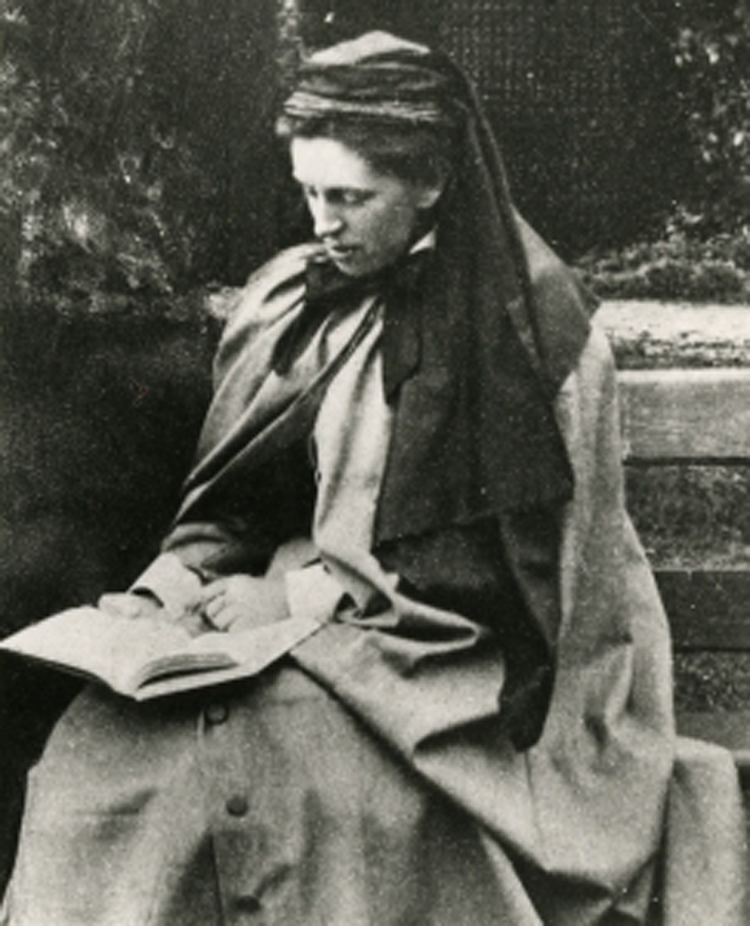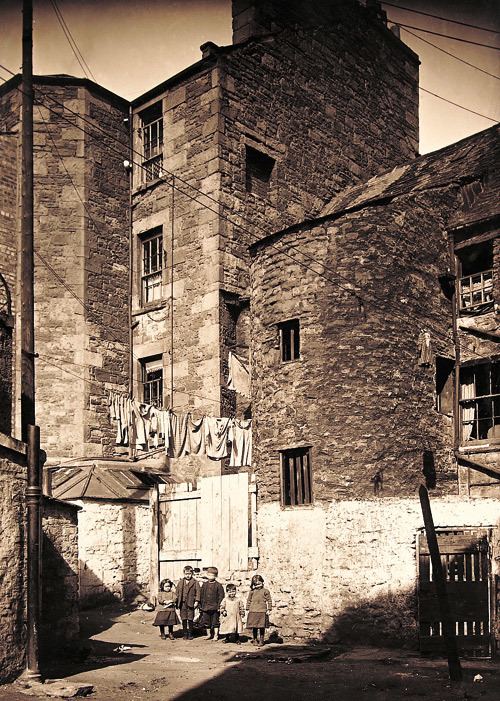Name Mary Walker | Died July 1, 1913 | |
 | ||
Mary Lily Walker (5 July 1863 – 1 July 1913) was a Scottish social reformer, who worked to improve conditions for women and children working in industrial Dundee. The ninth child of a Dundee solicitor, Walker was born into a relatively affluent family in the heavily industrialised city.
Contents

Early life and university
She excelled academically from a young age, first being educated at Tayside House, before completing her schooling at the High School of Dundee between 1880 and 1881. During her time there, she won prizes in French, German, Perspective and Practical Geometry.
After finishing her studies at the High School, she attended University College Dundee upon its inception in 1883. Walker continued to study there for 11 years, studying under professors such as D'Arcy Wentworth Thompson (with whom she developed a close friendship and corresponded continuously throughout her life), Alfred Ewing, John Steggall and Patrick Geddes. She continued to flourish, winning prizes at the university in Classics, Ancient History, Senior Latin, Literature, Botany, Embryology, Zoology, Physiology, Chemistry, and History. During her time there she also had two papers published on avian anatomy.
Walker's interest in social reform was initiated upon joining the Dundee Social Union (DSU), a group formed in 1888 by a group of the university's professors to improve the quality of life of Dundee's poor. Initially she worked as a rent collector, engaging closely with the families who lived in properties owned by the group. In 1891, she was appointed Superintendent of Housing and Chief Manager of properties. During her time in this role, she started to work more elements of social work into her role, starting clubs for the working women, for example.
London
In 1893, Walker travelled to London, working directly under the social reformer Octavia Hill at the Women's University Settlement in Southwark. Walker returned to Dundee and focused further on improving the lives of the city's poor through her work with the DSU, despite being offered wardenship of a new settlement by Octavia Hill. Mary Lily adapted what she had learned in London under Hill's tutelage to fit Dundee's particular poverty concerns. By 1905, 40,000 people were employed in the textiles industry in the city; over three-quarters of these were women, and untold numbers children. It was from her work in Southwark that she came into contact with other influential luminaries of the time such as Charles Booth and Seebowm Rowntree. However, as Dundee continued to expand and poverty failed to decrease, it was also the case that numbers in the DSU lessened.
After the death of her close friend Madge Oliphant Valentine (niece of author Margaret Oliphant), Mary Lily travelled to London once again. From May 1898, she spent a year living and working with the Grey Ladies, a religious order based in Blackheath. There she trained in social work, with a view to bringing her experience back to Dundee with her. It was also at this time that Walker started wearing the grey habit of the order, clothing that she would wear for most of the rest of her life, and which she can be seen wearing in the only known photograph in existence of her.
Return to Dundee
In 1899, Mary Lily returned to Dundee and resumed work with the Dundee Social Union. With high-profile speakers lecturing at the group's events, and wider activities in Dundee, membership rose from 61 members in 1899 to 168 by 1905. Walker encouraged the group to move towards the use of more professional workers rather than relying on employees. To this end she persuaded the DSU to train workers in her house, Grey Lodge Settlement, on the basis that she would fund training for one worker if the group funded two themselves.
Death
Mary Lily Walker died on the morning of July 1, 1913, in her bed in Grey Lodge, Dundee. Shortly before her death, she was attended by her doctor, Julia F. Pringle, who worked at the Dundee Infants Hospital and Blackscroft Baby Clinic. The death was registered by her close friend Guilmera Peterson, younger sister of Meta Peterson, Mary Lily's lifelong friend.
A funeral was held two days later on July 3, 1913, at St Paul's Cathedral, Dundee, where Walker had attended. The horse-drawn cortege was accompanied by a large number of people from many walks of life, as shown in a photograph that appeared in The Courier. The procession left the town centre and continued on through Dundee to Balgay Cemetery, where Mary Lily was interred in a grave topped with a Celtic cross. The grave still stands today, alongside those of her stepsister Grace, her brother Arthur Thomas John, and her mother Mary Anne Allen.
